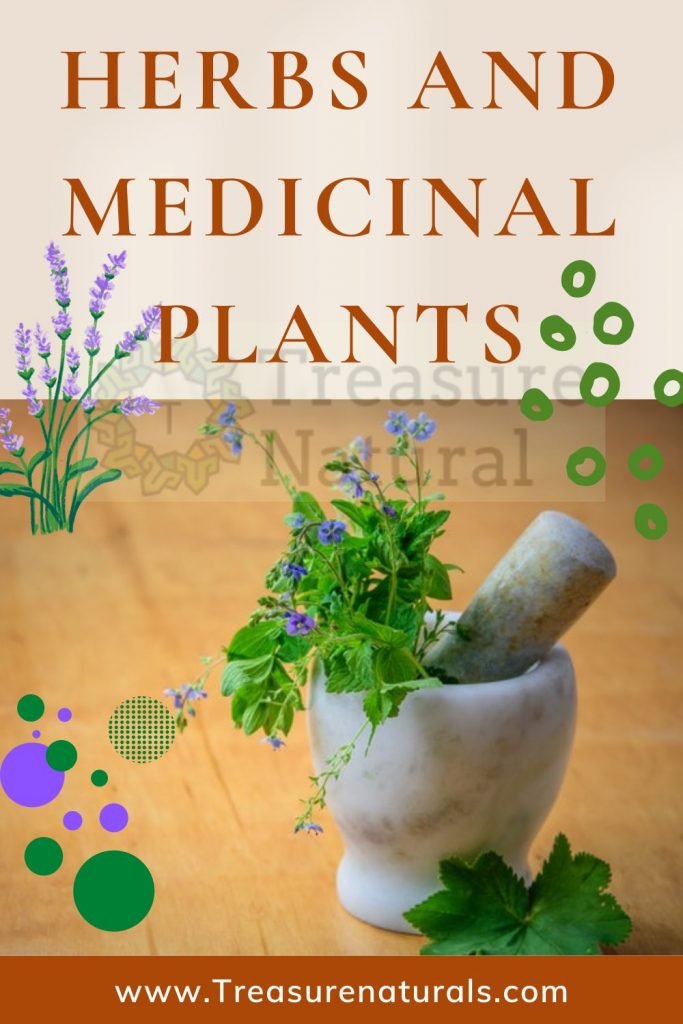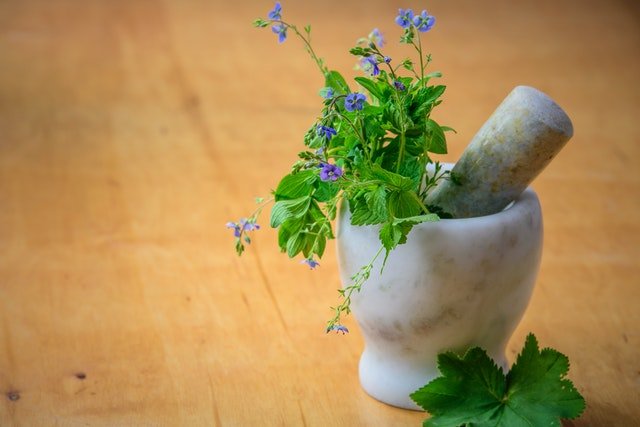
Medicinal herbs are medicinal plants whose healing properties have always been exploited by man for his own well-being and health.
What are medicinal herbs and medicinal plants
Medicinal plants are healing herbs that, thanks to the content of active ingredients, are used for well-being and health.
These are therefore cultivated healing plants or, in some cases, spontaneous medicinal plants,taken in herbal tea or used to obtain herbal and phytotherapeutic preparations.
In the past, knowing plants and their virtues was fundamental for ancient medical therapy, as it corresponded to the only possible solution for the treatment of diseases.
Over time, all the healing plants used in the “workshops”, that is, in the laboratories of the apothecaries, were defined as medicinal herbs. These craftsmen knew the properties of medical plants, the techniques of harvesting, preparation and preservation and employed them to make medicinal remedies, cosmetic products and perfumes.
Today medicinal herbs are those used to preserve the health and well-being of men and animals used to make herbal teas, food supplements, herbal medicines.
Difference between medicinal plants and medicinal herbs
According to the World Health Organization (WHO), among medicinal herbs and plants are defined as “medicinal products” those that “contain in one or more organs, substances that can be used for therapeutic or preventive purposes or that are precursors of chemopharmaceutical hemisynthesis”, from which pharmacologically active preparations derive.
A medicinal plant is instead a plant that can be “processed in a workshop” and administered for well-being. Not all medicinal plants are used as medicinal plants, since the active ingredients present in a given plant can be harmful.
The list of medicinal plants allowed for human use is drawn up according to the regulations, different from country to country, based on the safety of use and updated according to new scientific evidence.
Complete list of medicinal and medicinal plants
Drawing up a list of all medicinal and medicinal plants is practically impossible, since there are several hundred species used for human health.
The great variety of medicinal plants allows you to derive remedies for numerous ailments:
- From herbal teas to insomnia and anxiety;
- to those to improve digestion;
- from pain-relieving herbal teas;
- to the more specific ones to calm menstrual pains;
- prevent and treat the flu;
- up to aphrodisiac herbal teas.
However, there are lists drawn up to regulate the marketing and use of plants such as the list of plants allowed in the production of food supplements.
Uses of medicinal and medicinal plants in herbal medicine
In herbal medicine, medicinal and medicinal plants are used to make a wide variety of products that are sold as food supplements.
For each herb or medicinal plant, the part that contains the most active ingredients, called a drug, is used. The drug of a medicinal plant can be represented by leaves, flowers, seeds, bark, roots etc.
The drug does not contain a single active ingredient but a set of components that make up the phytocomplex, which characterizes the properties of the plant, not reproducible by chemical synthesis.
The active ingredients of medicinal plants include flavonoids, essential oils, resins, mucilages, polysaccharides and other numerous molecules that work in synergy with each other guaranteeing the remedy a series of contemporary actions, which the single component does not possess. Furthermore, the phytocomplex is less toxic than the isolated active ingredient and has fewer contraindications and side effects. That is why in the herbal field we try to maintain the plant in its integrity (in full)for the preparation of natural products.
Such natural products include herbal teas but also mother tinctures, fluid and soft extracts, dry extracts to be taken in capsules or tablets, essential oils.
Cultivation of medicinal plants
Medicinal plants can be harvested spontaneously but, in many cases, they are grown. The cultivation of medicinal plants makes it possible to better control the environmental conditions in which the plant grows and develops and on which the content of active ingredients depends.
Each plant is grown in conditions that lead it to produce the greatest amount of active ingredients, so there is no general rule on how to grow medicinal plants. The duration of cultivation is also variable, since there are perennial, annual or biennial medicinal plants.
How to store medicinal and medicinal plants
Medicinal and medicinal plants are generally stored dried away from light, heat and moisture, in airtight jars. Also with regard to preparations made from medicinal plants it is good to follow these indications, to avoid the degradation of drugs.
Herbs and medicinal plants in the history of man

Herbs and medicinal plants have accompanied man throughout the course of his history. The oldest Western medical document traced to date is the Ebers Papyrus,dating back to 1500 BC.C. The Egyptians made extensive use of plant remedies, in particular they knew the properties of herbs and medicinal plants of aromatic type, which they employed in the mummification process.
In ancient Greece, knowledge about herbs and medicinal plants was mixed with medical-philosophical theories and was based mainly on the notions contained in the medical texts written by Hippocrates (fifth century BC.C.) and in the botanical ones of Theophrastus and later dioscorides. To the latter we owe the first treatise on pharmacological botany of antiquity: the work De Materia Medica, even today, is taken as a model in the drafting of contemporary herbaria.
Already in the first century of .C. medicinal gardens were built, where plants exploited by the Humoral Medicine of Hippocrates were cultivated, perfected in Rome by the doctor Galen. He was the first to consider Dietetics, as part of therapy through the use of fruits, vegetables and herbal cures to be taken through nutrition, giving scientific guise to what women of all ages have learned through everyday experience.
In the Middle Ages, the Arabs gave a great impulse to both alchemy and chemistry with the invention of the still, which allowed the distillation of herbs and medicinal plants, with repercussions in the pharmaceutical development of tinctures and distillates. In addition, Arab scientists were the first to organize a pharmacopoeia, with descriptions of recipes provided with dosages, proportions and chemical compositions.
Between the eleventh and thirteenth centuries the first pharmaceutical texts were written, in which the Greek, Roman and Arab theories converged, synthesized in the definition of the fundamental operations: lotion, decoction, infusion and shredding.
In this period the use of spices and herbs and medicinal plants spread and the Salerno School was distinguished by the great expertise in selecting herbs, on which therapeutic indications abound that have proven effective still in our times.
Botany as a science was born only at the beginning of the sixteenth century, thanks to geographical discoveries and the introduction of printing. The first dry herbaria spread in this period. In 1533 the first chair of “experimental botany” was established in Padua.
In 1554 Pietro Andrea Mattioli wrote the most significant text on medicine and botany of the time, known as Discorsi di Pier Andrea Mattioli sull’opera di Dioscoride
In addition to translating the work from Greek, he completed it with the results of a series of researches on herbs and medicinal plants still unknown at the time, transforming the Discourses into a fundamental text, a real point of reference for scientists and doctors for several centuries.
In the eighteenth century the Swedish physician and naturalist Carl von Linné operated the first scientific classification of living beings. In particular with the binominal nomenclature, he identified the living plant species, dividing them according to classes, orders and genera, bringing the study of plants to the rank of scientific discipline in all respects.
The first “creation” of a molecule in the laboratory, starting from a natural active ingredient, marks the birth of modern Pharmacology. With the synthesis of active ingredients, which mimic the pharmacological activity of a vegetable, the use of medicinal herbs and plants in medical therapy moves mainly into the field of phytotherapy and homeopathy. However, botanical and plant chemistry research continue to carry out scientific studies on the substances contained in plants, used by man at all times and in every place of his history.






